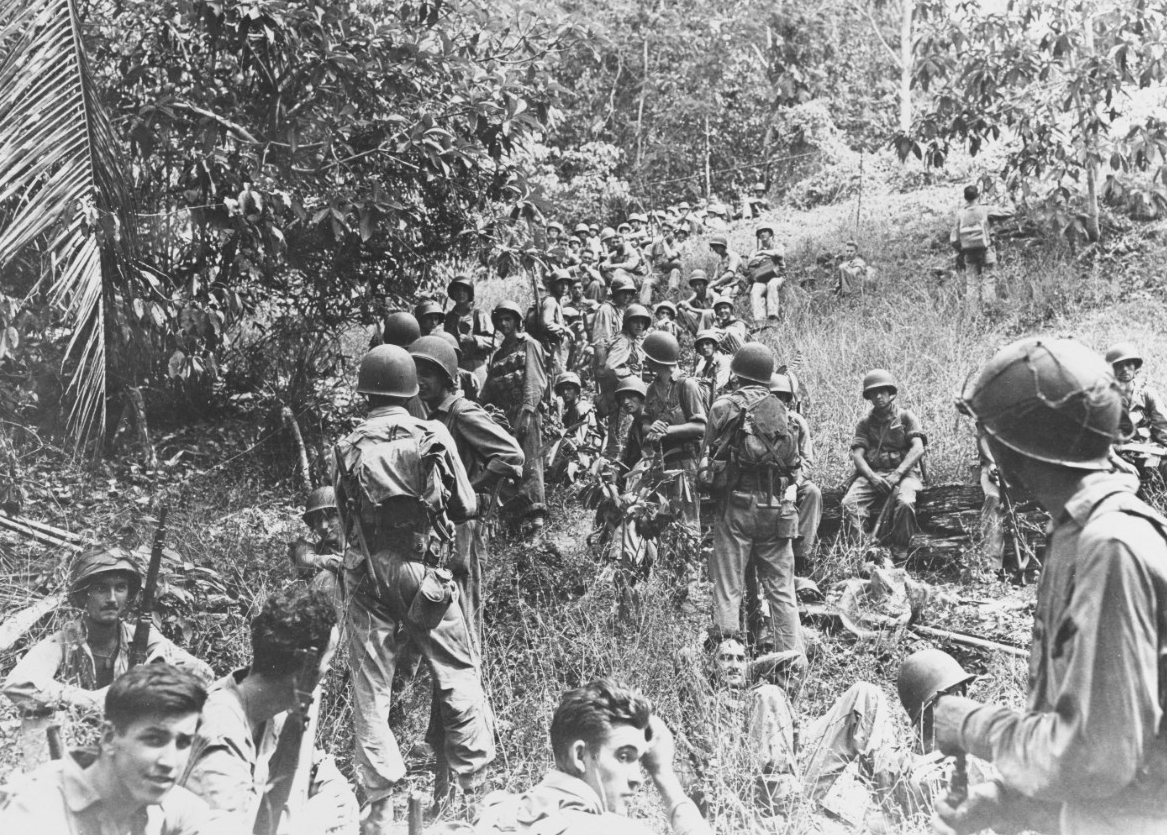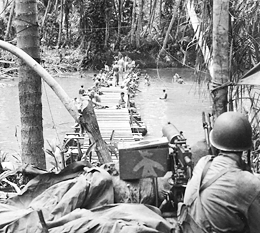Guadacanal
- Guadalcanal’s hot, humid weather and wet jungle terrain created a perfect breeding ground for disease. Clouds of malaria-carrying mosquitoes were a constant threat for any man ashore. The men were instructed to take an anti-malaria drug called Atabrine in order to ward off the disease.
- Guadalcanal, 1942: Rare photos of the Pacific offensive. In February 1943, LIFE magazine published a series of photographs from Guadalcanal — the largest of the Solomon Islands and the site of.
- The World War II Battle of Guadalcanal was the first major offensive and a decisive victory for the Allies in the Pacific theater. With Japanese troops stationed in this section of the Solomon.
- Guadalcanal Island Tourism: Tripadvisor has 3,352 reviews of Guadalcanal Island Hotels, Attractions, and Restaurants making it your best Guadalcanal Island resource.
Guadalcanal is one of the Solomon Islands. The island was the scene of fierce fighting during the Second World War; see Pacific War.
Also found in: Dictionary, Thesaurus.Related to Guadacanal: Battle of Midway, Iwo Jima
Guadalcanal
 (gwädəlkənăl`), volcanic island (2009 pop. 93,613), c.2,510 sq mi (6,500 sq km), South Pacific, largest of the Solomon IslandsSolomon Islands,
(gwädəlkənăl`), volcanic island (2009 pop. 93,613), c.2,510 sq mi (6,500 sq km), South Pacific, largest of the Solomon IslandsSolomon Islands,independent Commonwealth nation (2015 est. pop. 587,000), c.15,500 sq mi (40,150 sq km), SW Pacific, E of New Guinea. The islands that constitute the nation of the Solomon Islands—Guadalcanal, Malaita, New Georgia, the Santa Cruz Islands, Choiseul, Ysabel
.....Click the link for more information.. HoniaraHoniara
, town (2009 pop. 64,609), capital of the Solomon Islands. Located on Guadalcanal in the SW Pacific, Honiara was rebuilt to replace the former capital of Tulaghi at the end of World War II and occupies the site of an important American campaign against the Japanese.
.....Click the link for more information., capital of the Solomon Islands, is there. The island is largely jungle. Mt. Makarakombou rises to 8,028 ft (2,447 m). There are coconut and oil palm plantations and some gold mining. The inhabitants, mostly Melanesians, live along the coasts. Discovered by English navigators in 1788, Guadalcanal became a British protectorate in 1893. During World War II it was occupied by the Japanese. In Aug., 1942, U.S. forces began their first large-scale invasion of a Japanese-held island; after bitter fighting, it was conquered (Feb., 1943). In 1999, attacks by the Gwale majority caused many of the Malaitan minority to flee their homes; by 2000 the conflict had escalated into battling between ethnic militias in Honiara and the jungle. Points of interest include a museum of Melanesian artifacts and Henderson Field, the main objective of the American invasion.
The Columbia Electronic Encyclopedia™ Copyright © 2013, Columbia University Press. Licensed from Columbia University Press. All rights reserved. www.cc.columbia.edu/cu/cup/
Guadalcanal
Marines triumphed in first major U.S. offensive of WWII (1942–1943). [Am. Hist.: Van Doren, 490]
Allusions—Cultural, Literary, Biblical, and Historical: A Thematic Dictionary. Copyright 2008 The Gale Group, Inc. All rights reserved.
Guadalcanal
a mountainous island in the SW Pacific, the largest of the Solomon Islands: under British protection until 1978; occupied by the Japanese (1942--43). Pop.: 60 275 (1999). Area: 6475 sq. km (2500 sq. miles)
Collins Discovery Encyclopedia, 1st edition © HarperCollins Publishers 2005
Guadalcanal Battle

 Want to thank TFD for its existence? Tell a friend about us, add a link to this page, or visit the webmaster's page for free fun content.
Want to thank TFD for its existence? Tell a friend about us, add a link to this page, or visit the webmaster's page for free fun content. Link to this page:
Guadalcanal Diary
